This year’s Turner Prize show at Tate Liverpool is bright, brash, bursting with colour and every bit an exhibition of ‘Art’ with a big capital A. Everything here looks and sounds like art. Where last year’s prize sought to tease and test at the borders of what we can call art, questioning the limits of a prize of this sort and feeling at times as much like a social enterprise as a gallery, the Turner in 2022 seems desperate to define itself as a real art exhibition. Look at all this art. See how arty it all is. That doesn’t mean it’s an entirely conservative show. Nor is it apolitical. There are few fronts in the contemporary culture wars that are not in some way tackled across these four displays. And – as you might expect from the UK’s most prestigious art prize – a lot of the work is very good. Some of it is excellent. But if you’re looking to get your aesthetic assumptions upended and your notions of what art can be expanded, this may not be the Turner for you.
Right from the off, Heather Phillipson’s installation is a lot to handle – at times it starts to feel a bit like something Janet Street-Porter might have commissioned for BBC2 in the late 80s. On two huge screens on either side of the main room, there are birds with a strange radioactive glow superimposed on time-lapse images of clouds, digitally recoloured in bright pinks and blues; there are heaps of what looks like refuse sacks fashioned out of silvery emergency blankets; and from the half-dozen sets of headphones hanging from the rafters, there are well-brought-up young people speaking earnestly about climate change with a rapido stutter. I did, however, like the weird aleatoric metallophone instrument, created by a pair of office fans gently pushing various sheets of cast iron into a clump of big orange canisters at varying pitches.
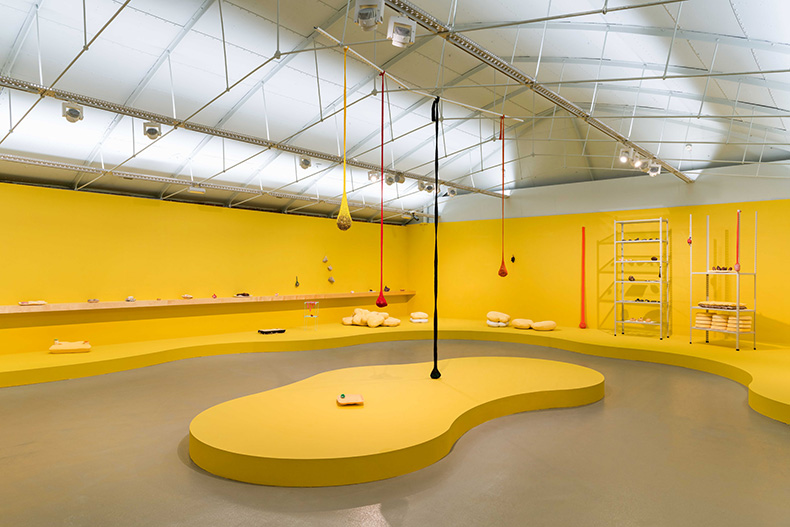
Installation view of Veronica Ryan’s presentation at the Turner Prize 2022, Tate Liverpool. Photo: Matt Greenwood; © Tate Liverpool
Veronica Ryan’s presentation is much calmer and quieter – though still bursting with colour thanks to the canary yellow covering the walls and much of the floor. There are lots of different things in the room, but most of them are quite small, leaving the space feeling fairly sparse after the busyness of Phillipson’s work. You could say that Ryan’s is an installation about climate change, pointing, for instance, to the crumpled plastic bottles wrapped in bright pink fishing nets. Or that it’s a show about migration and diasporic communities, with the custard apple seeds and stone cast soursops recalling Ryan’s recent public monument for the Windrush generation at St. Augustine’s Tower in Hackney. But more than anything, Ryan’s contribution to this year’s Turner show feels like one of those good old-fashioned sculpture exhibitions, somewhat in the tradition of Sterling Ruby or Annette Messager.
All is not quite what it seems in the world of Sin Wai Kin. On white plinths either side of an arched opening, like household gods, stand two jesmonite busts. The gleaming pastel-blue wig of the one on the right is clearly a synthetic product but the long brown locks on the other turn out to be the ‘artist’s hair’. The line between performance and authentic identity becomes ever blurrier to the point of total disintegration. With a background in drag but influenced also by Chinese opera and Canto-pop boy bands, Sin uses their own self as a medium. Identity here is a laboratory, an unstable, interpersonal, and always changing construct – all the more so the closer you get to the artist’s own deepest interiority. ‘It’s always you,’ as the invented boy band at the centre of the work insists.
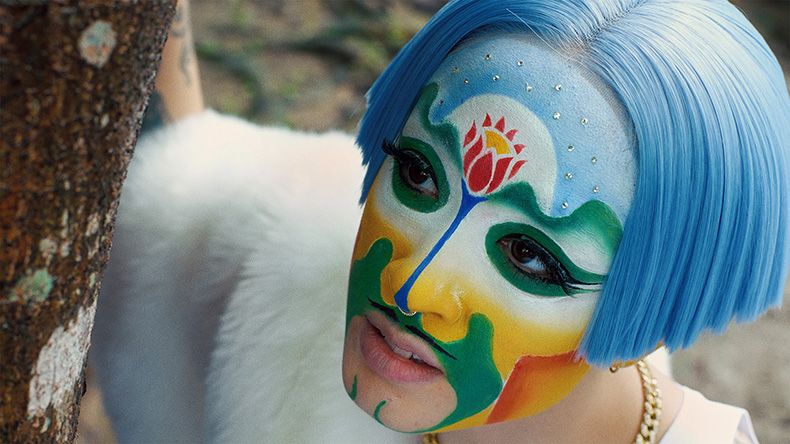
A Dream of Wholeness in Parts (still; 2021), Sin Wai Kin. Photo: the artist, Chin-Wen Gallery, Taipei and Soft Opening, London; © the artist
Ingrid Pollard’s work is superficially less vivid than its predecessors, though certainly no less noisy – there are three clanking and heaving kinetic sculptures made by the artist with Oliver Smart, positioned at the end of one of the two rooms. Pollard’s work explores a peculiar contradiction at the heart of British racism. It is often assumed that ‘multiculturalism’ is something new and inherently urban, as if no Black face ever stepped on British soil before the Empire Windrush docked at Tilbury and few of its passengers wandered far from the capital. And yet the further you venture into the English countryside, the more you find signs of non-white inhabitants embedded in the most traditional elements of culture.
Many of these signs are deeply offensive and Pollard catalogues them with disarming frankness. But what are we to make of the curtseying Black girl crowned May Queen? Everything about Pollard’s presentation of this image – Bow Down and Very Low–123 (2021) – is meant to remind us that it is a photograph, which is to say that it is both something formal and constructed but also somehow ineluctably a document. The purpose of Pollard and Smart’s angry machines is to remind us of the violence behind that document. With its images of protest marches on synthetic voile and the inclusion of some older works such as DENY:IMAGINE:ATTACK:SILENCE (1991/2019) which explores the language of homophobia, Pollard’s show feels the most politically engaged of the four nominated. It is activist work, but far from simplistic or heavy-handed agit-prop. If it were up to me, the Prize would be hers.
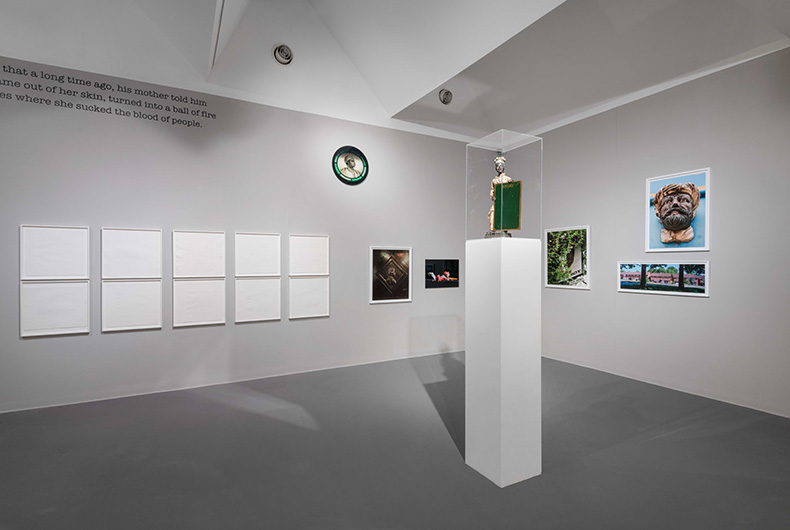
Installation view of ‘Ingrid Pollard: Seventeen of Sixty Eight’ at the Turner Prize 2022, Tate Liverpool. Photo: Matt Greenwood; © Tate Liverpool
The Turner Prize is at Tate Liverpool until 19 March 2023.
Unlimited access from just $16 every 3 months
Subscribe to get unlimited and exclusive access to the top art stories, interviews and exhibition reviews.

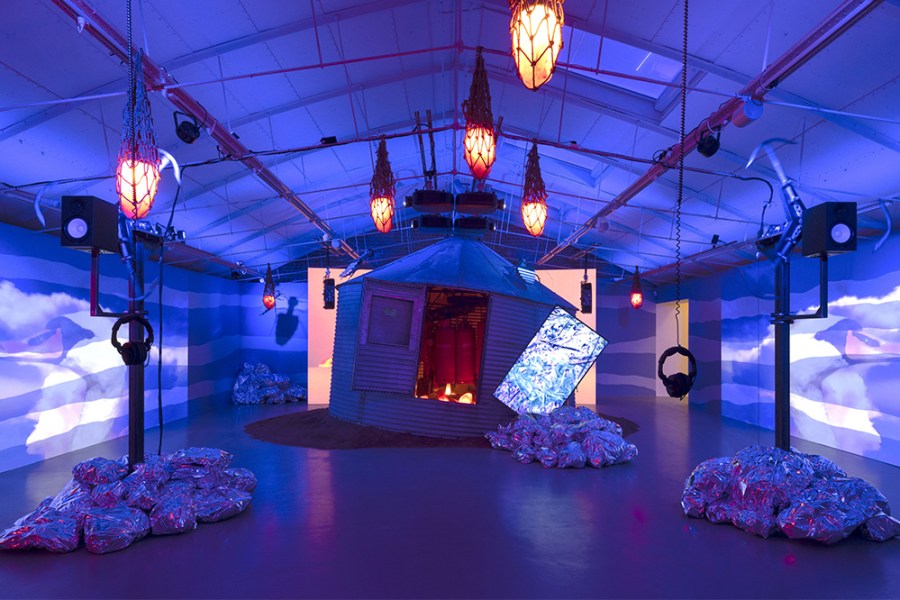
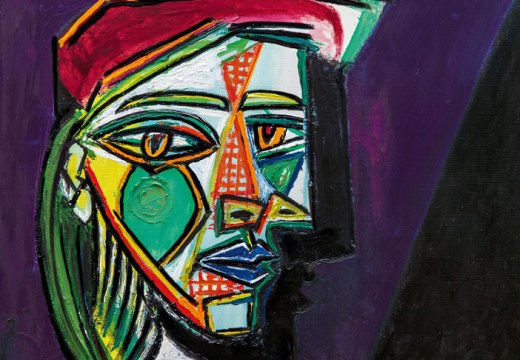
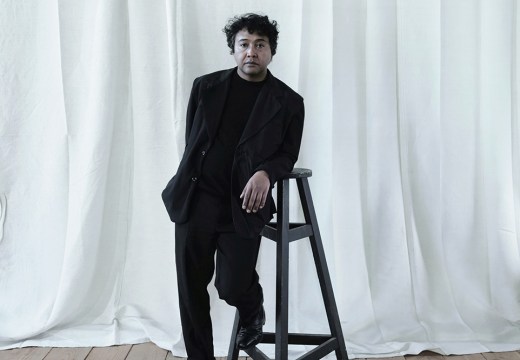










![Masterpiece [Re]discovery 2022. Photo: Ben Fisher Photography, courtesy of Masterpiece London](http://www.apollo-magazine.com/wp-content/uploads/2022/07/MPL2022_4263.jpg)
It’s time for the government of London to return to its rightful home